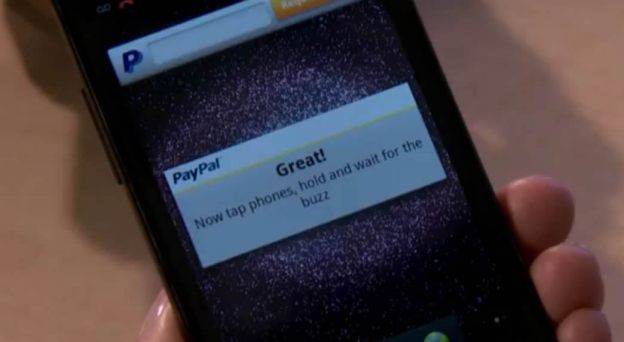
By the end of 2011, Paypal is rolling out in store payment services at a major, unnamed U.S. retailer. Announced by CEO of eBay John Donahoe, this move allows the consumer to pay for products with Paypal while physically in a store. By 2012, Donahoe expects the service to be available in over 20 major retailers across North America. Paypal expects much slower growth with this technology than online sales, but growth will be driven by increased smartphone usage and payment applications come with that growth.

Person-to-person transfers don’t offer much revenue to Paypal, thus the expansion into the offline retailer space is vital for continued growth. Paypal only gains revenue from the transaction when a credit card is used. Users that send money from an existing balance or banks are not charged a transaction fee. Paypal expects to perform $3 billion in mobile transactions this year and already had a stellar second quarter with net revenue just over $1 billion.
The larger vision for Paypal’s retailer payments likely ties into eBay’s December 2010 purchase of Milo, a company offering real-time inventory of local businesses to consumers. Small businesses can upload inventory to the website with the Milo Fetch tool and hopefully attract consumers with the promise of in-stock merchandise. By incorporating Paypal offline payments into Milo, eBay has access to a vast quantity of smaller retailers.


